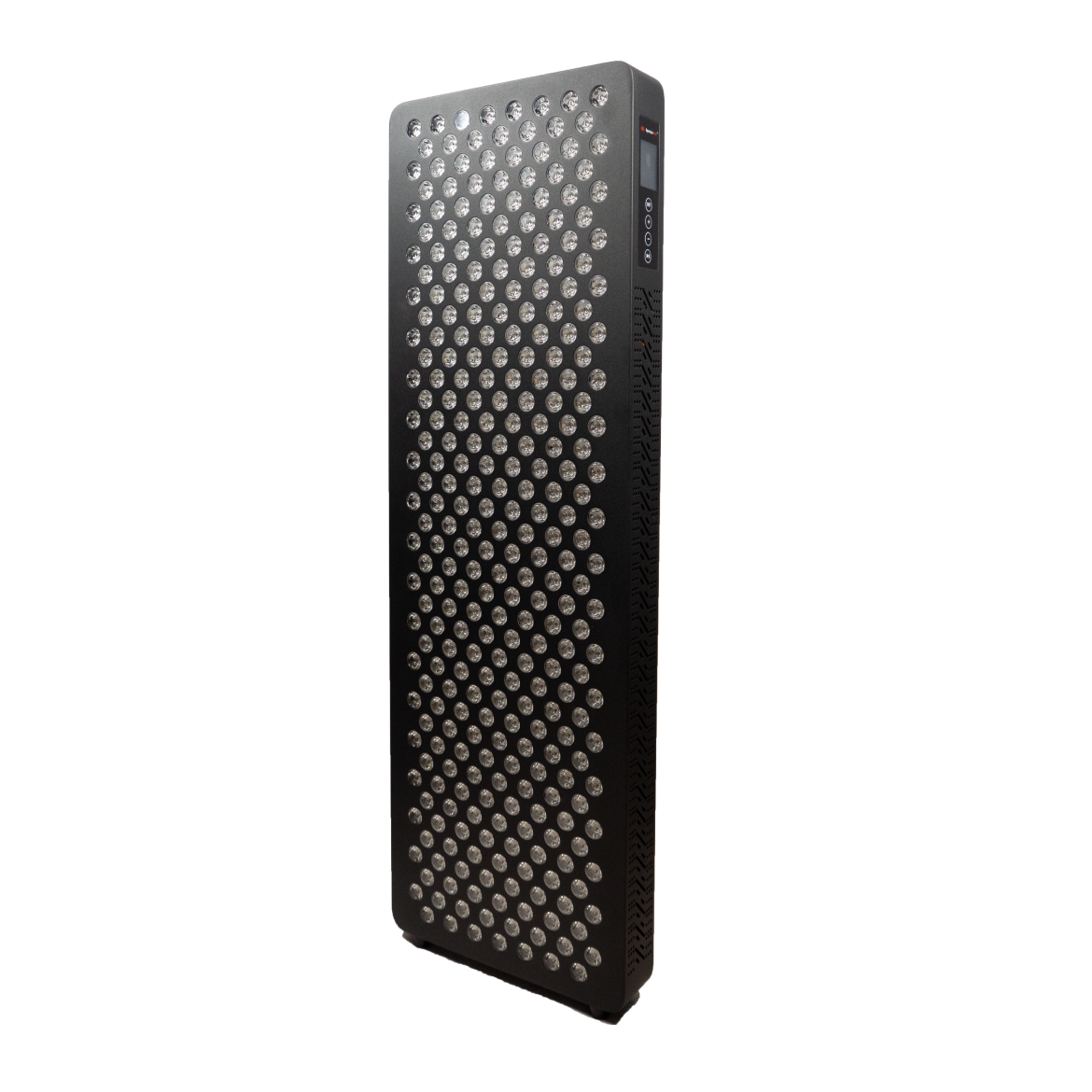Introduction:
In recent years, red light therapy has emerged as a revolutionary approach to skincare, offering a non-invasive and effective solution for various dermatological concerns.
Among its many benefits, one area where red light therapy shines particularly bright is in the treatment of skin pigmentation and discoloration.
Let's delve into how this innovative therapy can help restore skin's natural radiance and even tone.
Benefits of Red light for Skin Pigmentation and Discoloration:
Reduction of Hyperpigmentation:
Red light therapy has been shown to inhibit melanin production, helping to fade dark spots and hyperpigmented areas over time.
Even Skin Tone:
By promoting collagen synthesis and cellular turnover, red light therapy can contribute to a more even skin tone, reducing the appearance of blotchiness and uneven pigmentation.
Improved Texture:
The rejuvenating effects of red light therapy can smooth out rough patches and texture irregularities associated with pigmentation issues, leaving the skin soft and supple.
Minimal Side Effects:
Unlike some traditional treatments, red light therapy is gentle on the skin and typically carries minimal risk of side effects, making it suitable for a wide range of skin types and conditions.
Understanding Skin Pigmentation and Discoloration:
Skin pigmentation refers to the color of the skin, determined by the presence of melanin—a pigment produced by melanocytes in the skin.
While some level of pigmentation is natural and healthy, excessive melanin production or irregular distribution can lead to discoloration issues such as age spots, sunspots, melasma, and post-inflammatory hyperpigmentation.
Traditional Treatments vs. Red Light Therapy:
Traditional treatments for skin pigmentation and discoloration often involve invasive procedures, such as chemical peels, laser therapy, or microdermabrasion, which may come with risks and downtime.
In contrast, red light therapy offers a gentle and non-invasive alternative that harnesses the power of specific wavelengths of light to stimulate cellular activity and promote skin healing.
How Red Light Therapy Works:

Red light therapy works by delivering concentrated wavelengths of red light to the skin's surface, penetrating deep into the dermis without causing damage.
These wavelengths stimulate the production of adenosine triphosphate (ATP), the energy source for cellular processes, leading to increased collagen production, improved blood circulation, and enhanced cellular repair.
Incorporating Red Light Therapy into Your Skincare Routine:
Research At-Home Devices and Professional Treatments:
- Look into different options available for red light therapy devices that can be used at home.
- Consider seeking professional treatments at dermatology clinics or med-spas.
Establish a Routine:
- Determine the frequency of sessions based on personal goals and device guidelines.
- Set aside dedicated time for red light therapy sessions in your skincare routine.
Create a Consistency Plan:
- Commit to regular sessions to maximize the benefits of red light therapy.
- Incorporate sessions into your daily or weekly schedule.
Monitor Progress:
- Keep track of any improvements in skin health, texture, and appearance.
- Adjust the routine or frequency of sessions as needed based on observed results.
Maintain Long-Term:
- Integrate red light therapy as a sustainable part of your skincare routine.
- Stay informed about advancements in red light therapy technology and adjust your routine accordingly.
Conclusion:
In conclusion, red light therapy offers a promising solution for addressing skin pigmentation and discoloration concerns, providing a safe, effective, and non-invasive alternative to traditional treatments.
Whether you're dealing with age spots, sun damage, or melasma, harnessing the power of red light can help restore your skin's natural radiance and confidence.
Experience the transformative benefits of red light therapy and say hello to a brighter, more luminous complexion!












